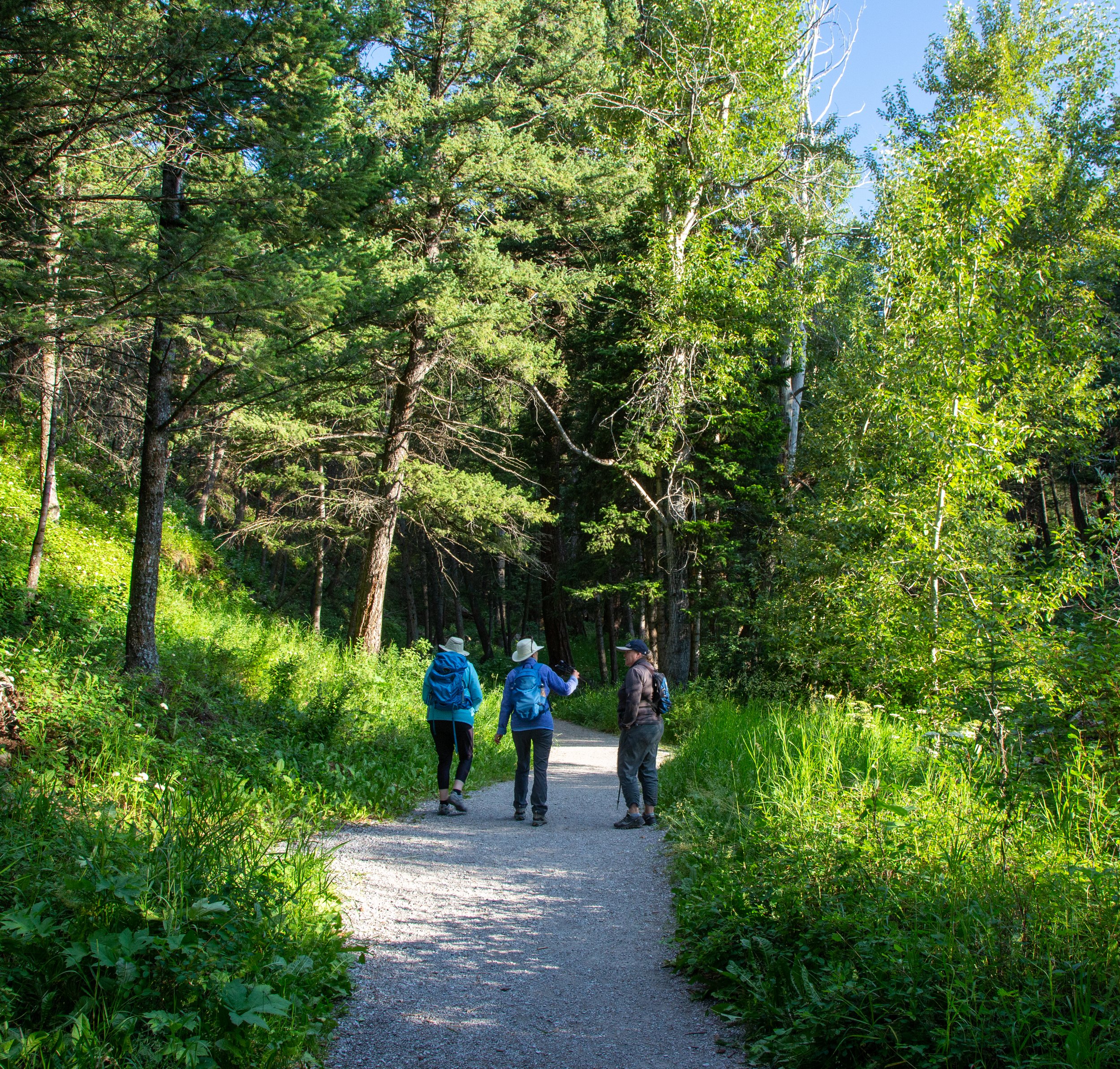
Heritage Walking Tours
Walking Tours
-
A short, easy walk winds through the historic Hillcrest Cemetery located at the north edge of the community of Hillcrest.
The walk starts at the Mine Disaster Memorial in the parking lot. This memorial was unveiled in 2000 as a remembrance to miners killed across Canada and features monuments cut from stones native to each province and territory arranged around a central monolith.
A concrete path leads into the Hillcrest Cemetery past many historic grave sites, and to the mass grave site where the remains of the miners killed in the Hillcrest Mine Disaster of 1914 were buried. Nameplates for each victim adorn the surrounding railing, plus there are several interpretive plaques which give you a feel for the magnitude of the disaster and its effect on the town of Hillcrest.
The walk ends at a small seating area where one can contemplate the hard life of the coal miner in days gone by, while enjoying the pleasant country surroundings and an alternate view of the Frank Slide looming in the background. -
The Leitch Collieries Provincial Historical Site is located on Highway 3 about 3.5km east of Bellevue. An 0.8km wheelchair-accessible self-guided interpretive trail winds around and through the old buildings of the Leitch Collieries coal mining and processing facility that operated between 1906 and 1915. Interpretive staff are on site between May 15 and Labour Day and special events are presented during heritage festivals.
Despite less than ten years of active mining, the facilities at Leitch Collieries were impressive. Today, the principal remaining structures were those made of concrete, brick or dressed stone, while only the foundations of the wooden structures remain. This fascinating interpretive walk provides an excellent insight into the large support plant needed for a major coal mining operation a century ago.
Admission to the Leitch Collieries Provincial Historic Site is free, with donation box contributions encouraged. The site is opened each spring after the snow disappears from the parking lot, and interpretive staff are on hand (and the washrooms are open) between May 15th and Labour Day. Other details can be obtained from the Leitch Collieries website (external site). -
Our Community Walking Tours are casual self-guided in-town walks past places of heritage significance. It’s a great way to get out and experience the heritage architecture and stories within each of the former towns that make up the Municipality of Crowsnest Pass. These walks are suitable for persons with mobility limitations. Please note that most heritage buildings and sites are privately owned and should be viewed from the street only – unless they are interesting shops, restaurants or cafes of course.
A self-guided walking tour pamphlet and map is available for each of the five communities within the Crowsnest Pass. Look for the downtown heritage kiosk in each community where you will find a pamphlet-holder, except for Frank where the pamphlet is on the sign next to the art gallery (open year round, and also worth visiting). Pamphlets are also available during the annual Doors Open and Heritage Festival at locations advertised within the Events Calendar. A guided tour of the Coleman National Historic Site can be arranged in advance through the Crowsnest Museum.
Visitors can also utilize portions of the Heritage Driving Tour map – just use the appropriate town map component as a walking tour.
There are also two Heritage Walks outside of these towns: Hillcrest Cemetery Interpretive Walk and
Leitch Collieries Interpretive Walk.
For longer outings you can select from a number of Heritage Trails. -
Within ten years of the arrival of the Canadian Pacific Railway in 1898, a dozen coal-mining settlements were underway. Most had their own cemeteries, and some had more than one, which means that there are a lot of cemeteries to visit in the Pass! The dangers of underground mining a hundred years ago and the hard life of the coal miner meant that the cemeteries of the Pass began to fill somewhat earlier than you might find in more genteel communities.
Most of the cemeteries in the Crowsnest Pass are over a hundred years old, although some of the older burials are no longer marked. Catholics had their own cemeteries, or sections within cemeteries, usually named after the local Catholic church. Non-Catholic cemeteries are sometimes called Union cemeteries, a reference to the cooperation between Protestant denominations which often shared church buildings and sometimes even ministers.
You can find and explore all of the historic cemeteries of the Crowsnest Pass using a guide book available at the Crowsnest Museum.
In addition, the Hillcrest cemetery has a short interpretive walk with signs explaining the 1914 Hillcrest Mine Disaster and its impact on the town.
Heritage Walks are casual self-guided walks past places of heritage significance. It’s a great way to get out and experience the heritage architecture and stories within each of the towns that make up the Crowsnest Pass. These walks are suitable for persons with mobility limitations. Please note that many heritage buildings and sites are privately owned and should be viewed from the street only.
Check below for details on the many self-guided walks within our historic communities, interpretive sites and heritage cemeteries.
Click the map to download a PDF Copy.

